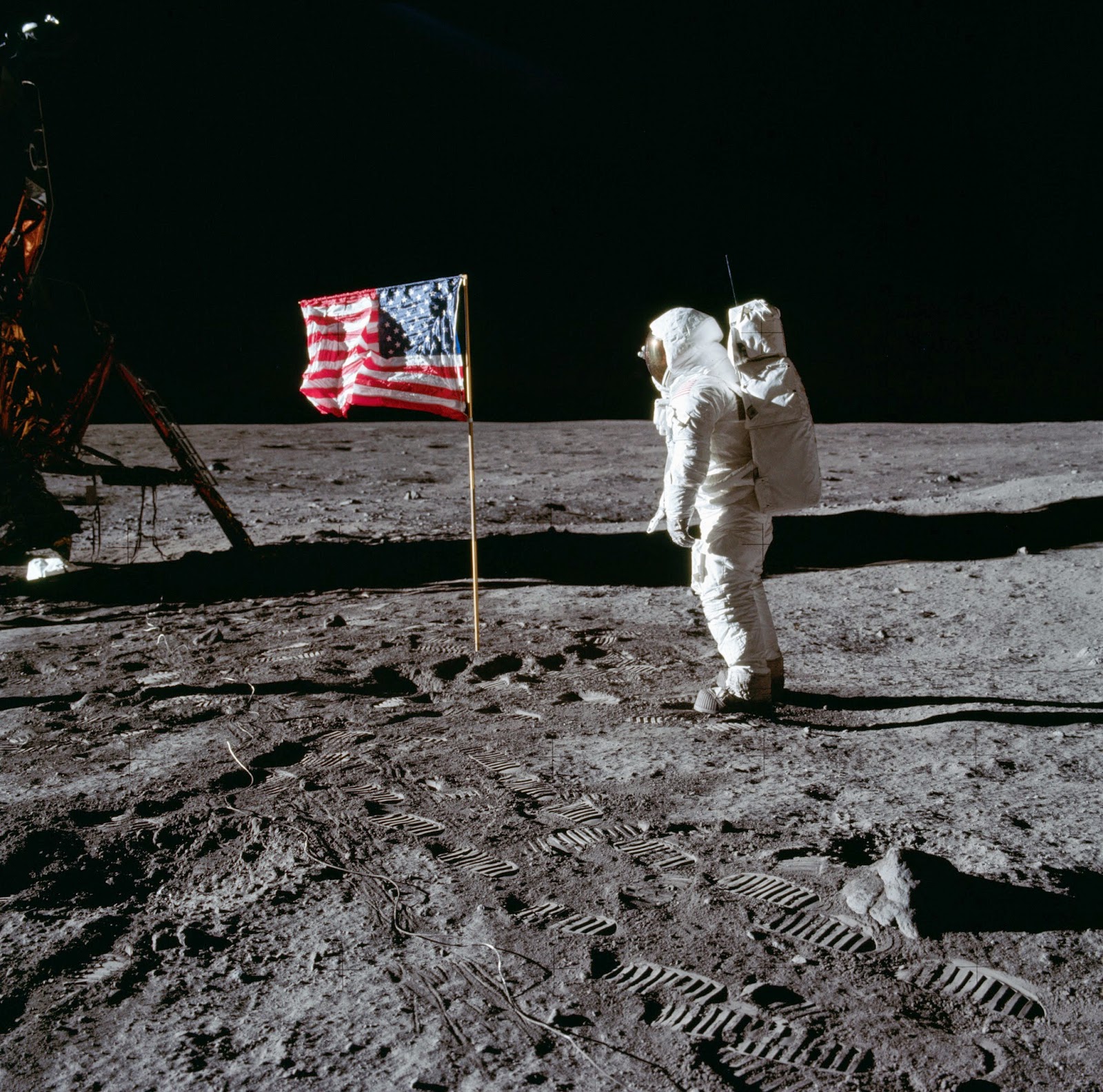In his latest movie Interstellar, Christopher Nolan tells the story of an American farmer family desperately trying to keep its maize harvest safe from the constant dust storms. The dust plague destroys all agricultural fields, turns everyday life into a sandy, coughing, itchy nightmare and thus puts the survival of humanity in danger. Hunger and health problems are the long term consequences anticipated by the population of the unnamed American town. Cooper (Matthew McConaughey) is an educated NASA-pilot and engineer. He is forced by the environmental circumstances to be a farmer and a single father of Murphy, a 10-year-old, and her five years older brother Tom Cooper (Mackenzie Foy, Timotheé Chalamet). His father-in-law (John Lithgow) helps him raising his two children. Climate change or the direct connection between industry or exploitation of natural resources and environmental crises, which dust storms and drought indicate, aren’t referred to directly and thus stay blurry.
So does the past of this family and of human civilization in general. The members of the Cooper family are symbols for the changes in social reality: Cooper’s engineering and pilot skills are useless in a world where food is a scarce good. (Or at least everybody thinks so, until Cooper and Murphy translate some mysterious signs into coordinates and find a top-secret NASA-station, which explores the interstellar space and searches for another home for the human race and coincidentally for an experienced astronaut.) His wife died of cancer because the government wouldn’t finance the production of tomography devices (MRT). Medicine and science in general aren’t among the priorities of Nolan’s society. University education is rare as well and a great luxury. It is unhelpful like everything but agriculture. Like the majority of students Tom doesn’t have the chance to study at the university and is doomed to be a farmer.
Not only is the Cooper family a symbolic example of the upcoming catastrophe, it’s the only one there is. So is the small provincial American town, which tends to represent humanity as a whole. An Indian surveillance drone is the only exception to this rule, reminding of the existence of other peoples and countries outside this small town and thus addressing the Anthropocene discourse: since the industrial revolution, the human species has become a major geological factor. The scene in which Cooper “catches” the flying drone and wants to reprogram it to a useful agricultural device, shows in an original way that technologies, industry and war and thus the massive exploitation of natural resources were central to the past decades. The drone, exactly like Cooper himself, can’t perform its original task, it has to “adapt as we all do”, says Cooper. In the present time there are no more war conflicts, and thus surveillance or the maintenance of an army are obsolete. The parallels between organic and non-organic world get even deeper when Murphy tries to convince her father to let the drone “fly away” by telling him that it didn’t and wouldn’t “harm” anybody. The anthropomorphization or at least animalization of the drone, which takes place in the dialogue between father and daughter, shows the strong interdependence of humans and non-humans, who are both “caretakers” and not “explorers” and “pioneers” as in Cooper’s nostalgic reminiscence of the past.
After Cooper learns about NASA’s mission not to save the world, but to help as many people as possible to leave it, he finds a way back to the true human nature – to explore, exploit, invent and go beyond borders of space, time and mind. At first glance the pioneer spirit of humans, which Cooper praises earlier, collides with his responsibilities as a father. In front of this challenge we “must think not as individuals but as a species” – Cooper has to embrace the possibility to never see his children again for the sake of them and their generation and fly into outer space. He thinks that he will rescue his children and their generation, but actually he is being sent to space to save the human species in general by bringing millions of fertilised human eggs to a safe planet.
